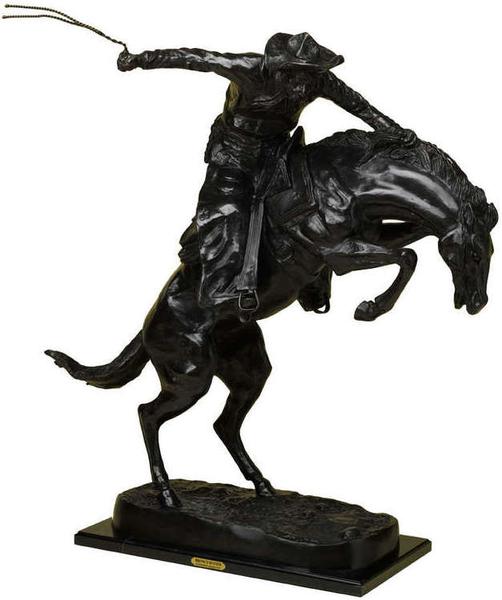Black History Month
Black History Month is celebrated in the month of February. It is a time to remember important people and events in African-American history. Black History Month started officially in the mid 1920’s, when historian Carter G. Woodson and the Association for the Study of Negro Life and History announced that the second week of February be celebrated as “Negro History Week.” Ever since then, around the time of Abraham Lincoln’s birthday (February 12) and Frederick Douglass’s birthday (February 14), many have celebrated African-American achievements. It was Woodson who stated:
“If a race has no history, it has no worthwhile tradition, it becomes a negligible factor in the thought of the world, and it stands in danger of being exterminated. The American Indian left no continuous record. He did not appreciate the value of tradition; and where is he today? The Hebrew keenly appreciated the value of tradition, as is attested by the Bible itself. In spite of worldwide persecution, therefore, he is a great factor in our civilization.”
The unveiling of Negro History Week was met with an enthusiastic response. It prompted the creation of black history clubs and an increase in teaching and learning of African-American history in schools and institutions. In the mid to late 1920’s, the week dedicated to African-American history was recognized by mayors across the United States who endorsed it as a holiday.
By the 1970’s, Negro History Week took an official new name, as Black History Month became a national celebration in the United States. Black History Month was celebrated in educational institutions and centers of African-American culture such as community centers and clubs. President Gerald Ford officially recognized Black History Month and included it as part of the United States Bicentennial in 1976.
Shop Black History Month themed pieces at The Great Republic.
Louis Armstrong and Ella Fitzgerald Jazz Collage
Louis Armstrong and Duke Ellington Jazz Collage

Duke Ellington 1963 Jazz Poster
Louis Armstrong 1957 "Satchmo" Movie Poster
Stride Toward Freedom, First Edition by Martin Luther King Jr.
Stride Toward Freedom, First Edition, Signed and Inscribed
Martin Luther King Jr. Signed Letter
Shop the Collection
Shop more Black History Month items here.











